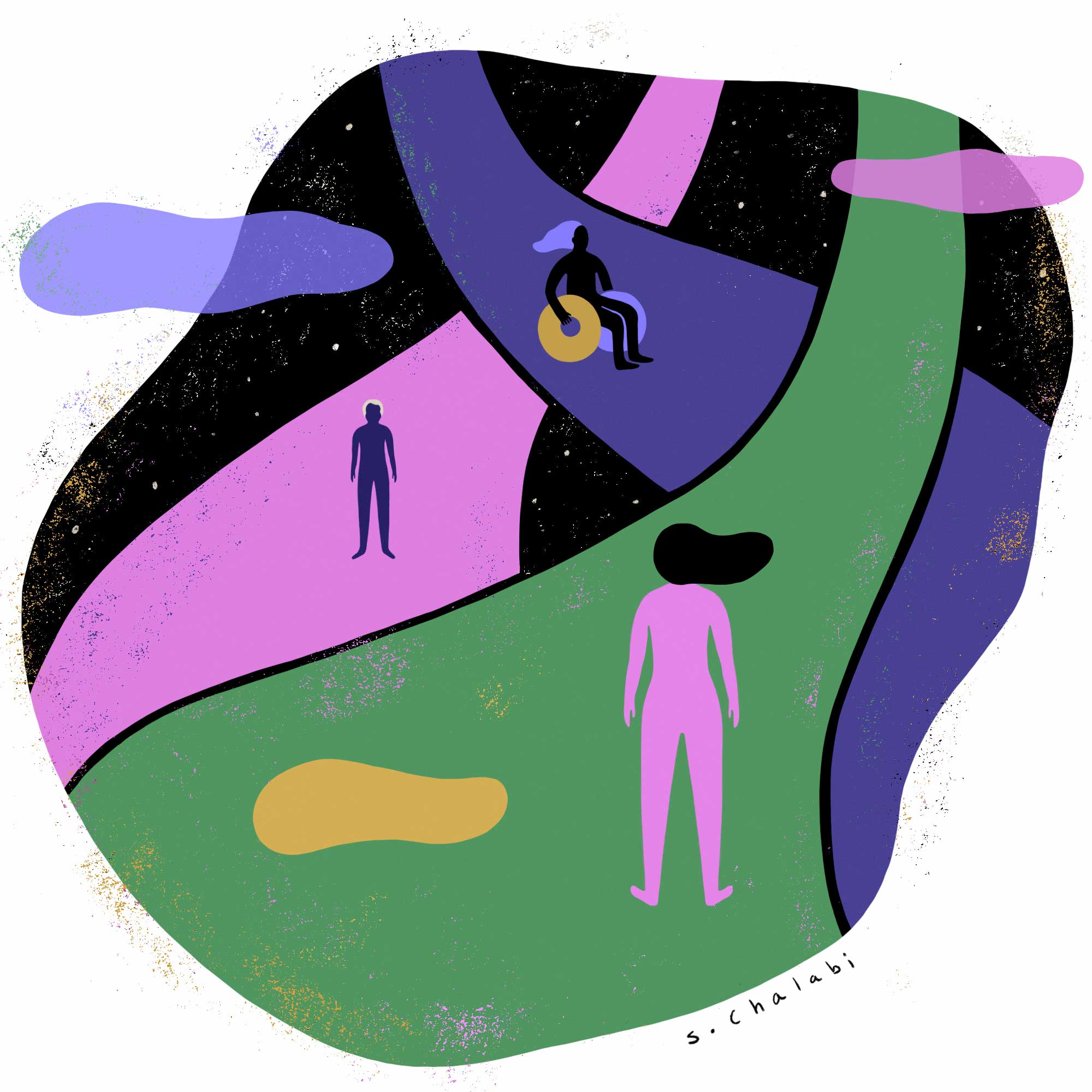Aruna D’Souza on arts education without saving the university
Aruna D’Souza is a writer and art critic based in Williamstown, Massachusetts. She is the author of Whitewalling: Art, Race & Protest in 3 Acts.
The pandemic has made clear to some people in the U.S.—unfortunately not all of us—that post-COVID-19 life will never be the same. Certainly that is the case for education, for elementary all the way through post-secondary—including, or maybe especially, the arts and humanities. As the reality of COVID set in over the spring, there was a subtle but unmistakable panic about the financial devastation that the pandemic would cause for smaller liberal arts colleges; a number have dissolved already, the sudden crisis deepening their already precarious economic positions, while others are clearly at great risk.
My social media feeds, dominated by people in the arts—whether as academics, practitioners, critics, or what have you—have received this news with alarm, seeing it as yet another blow in the decades-long strangling of higher education by federal and state governments; according to a 2019 report by the Pew, public colleges and universities now receive only 34% of their funding from public sources. But the fiscal attacks are accompanied by ideological attacks as well, including strawman arguments about free speech: conservatives lament the fact that college campuses are so dominated by leftist instructors that “unpopular” opinions are no longer tolerated by overly sensitive, politically correct, infantilized students and faculty—never mind that such unpopular opinions are often likely to be promoted by open white supremacists. At the same time, it is pretty common to see the same conservatives mocking the study of the arts and contemporary culture in all its forms—as well as the institutions that allow for that study—as an unnecessary decadence in a country that strives only to produce a labor pool for capitalism, now and forever.
These attacks from reactionaries are part of a larger devaluing of expert opinion in discussions of climate change, epidemiology, and, yes, the arts. The perhaps understandable response from those who value education, learning, and deep thinking about human culture—the humanities—and its productions—the arts—has been calling for saving higher education. But we need to slow down and understand what we are saving. We need to separate the value of learning, of higher education as a social and pedagogical goal, from the university and college apparatus that has been built to sustain it: an apparatus that depends on high tuition and abets a predatory industry of student loan providers; that exploits adjunct labor; that in some cases sustains the whiteness of its student body through the practice of prioritizing “legacy admissions” (affirmative action for white people); that is metrics- and outcomes-driven in ways that go against pedagogy itself; that caters to the American value of endless consumer choice.
Is there a way that we can embrace the value of the arts, of the humanities, and of education as a means to strengthen and improve our society without simply saving the university? Are there ways in which this moment—a moment of tremendous human loss, and also a moment of economic crisis—can set us on a new path when it comes to imagining what higher education could be? I am looking to the new cooperatives I see popping up that prioritize artistic training outside the existing structures of higher education as a model—Dark Study, founded by artist and educator Caitlin Cherry, educator and critic Nora Khan, and artist and educator Nicole Maloof, foremost among them—to imagine our world differently, in which learning is valued above all.

This essay is part of CREATIVE FUTURES, a series of provocations by thinkers across the arts, documentary, and journalism on how to reimagine their sectors.